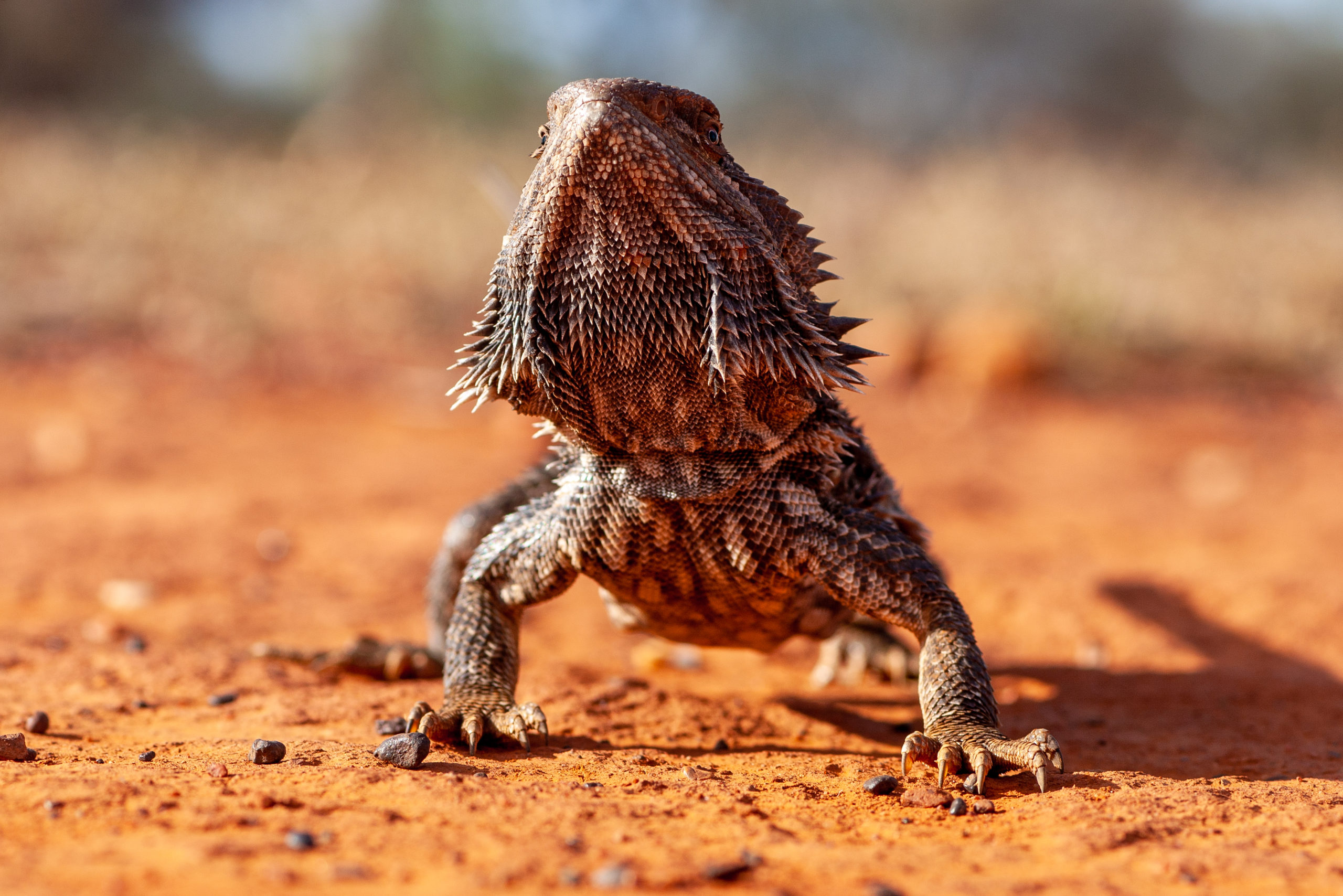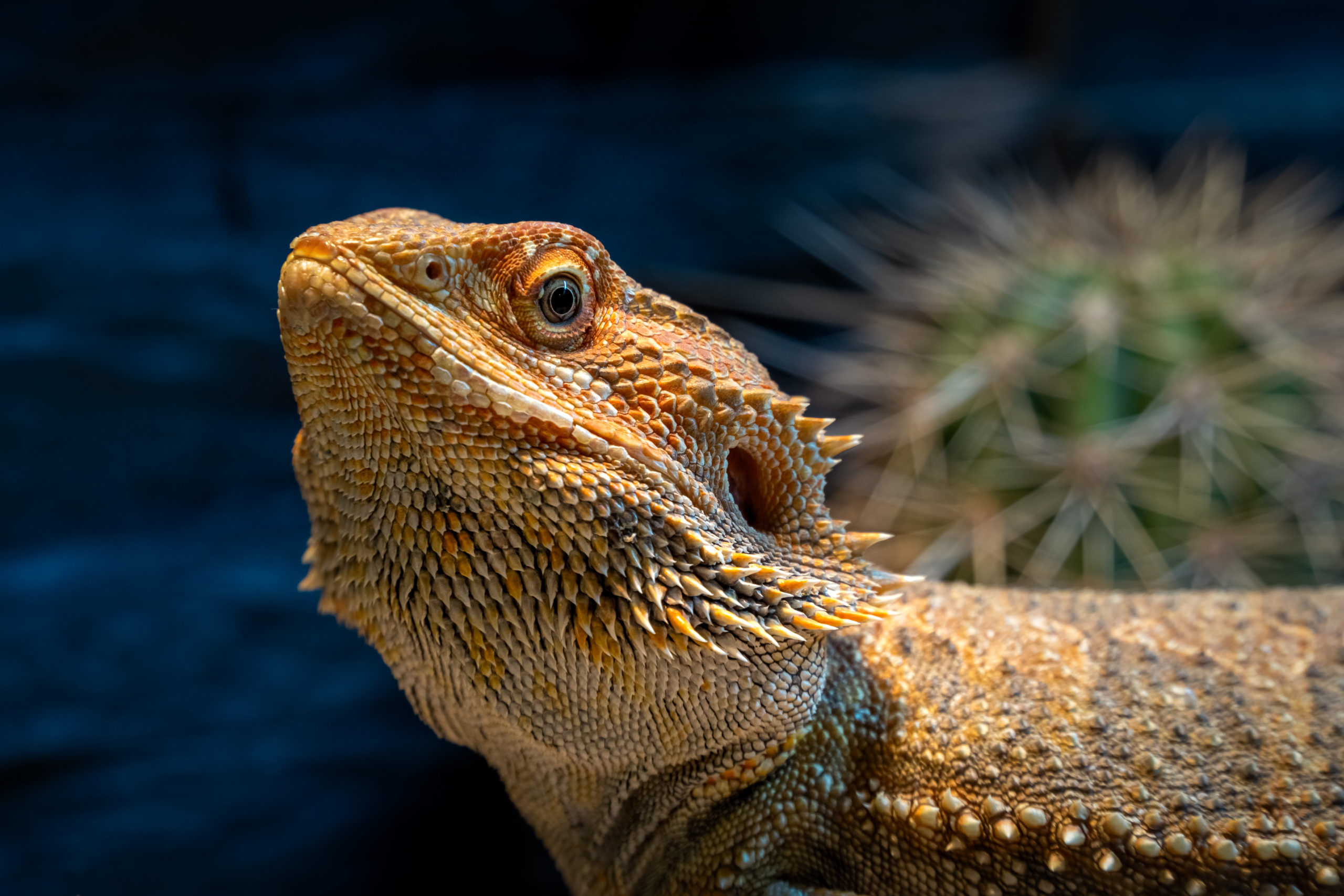Weird & Wonderful Vol 9: Sex Chromosomes Overridden in Bearded Dragons [Pogona vitticeps]
Reptiles such as turtles, crocodylians and many lizards are influenced by incubation temperatures when it comes to developing into a male or a female. Research into the genetic mechanisms behind this has brought to light how temperature changes can further override already-decided sex chromosomes in lizards like bearded dragons, leading to some confusing scenarios including duplicate reproductive organs.
Temperature-dependent sex determination (TSD) is observed in a number of reptile species, including all crocodilians, as well as many turtles, fish, and lizard species. A lot of popular species in the herp hobby are subject to this mechanism, such as leopard geckos. The temperature of the embryos approximately halfway through the incubation period influences which sex it becomes.
Temperature directly affects the secretion of aromatase in the brain. This is an enzyme that affects the ratio of sex hormones by the aromatisation (or not) of androgens into estrogens. Or at least, that is the current understanding. Each species also has its own specific temperature ranges for male and female offspring outcome, with some temperatures producing a mix of the two.
As keepers, this means we have some control over what sex offspring we want to produce. For ancestral reptiles, this mechanism is thought to help regulate the sex ratios of the population depending on the environmental conditions at the time.

Anecdotally, keepers of female reptiles incubated at high temperature ranges have reported ‘male’ behaviour traits in their animals – sometimes described as ‘hot females’, these individuals are more energetic and aggressive and are sometimes even confused to be physically male.
Bearded dragons display a primarily genetic sex determination mechanism, exhibiting the male and female chromosomes (ZZ and ZW respectively – the same system as seen in birds, known as female heterogamety).
But recent studies have shown that temperature ‘extremes’ can trigger a sort of ‘override’ system that changes the sex after all.
This can even produce a phenomenon called ‘ovotestes’, where individuals have male and female reproductive organ structure, indicating the point of disruption/reversal of the sex.
Bearded dragon eggs incubated at 34°C to 37°C (relatively high ranges) were observed to produce female offspring, even if the genetic sex had been initially determined as male. A small percentage of males ‘resisted’ these temperatures (1-2%).
Studying the development of these eggs, it was seen that females produced genetically and heat-triggered females have two different sets of active genes. Furthermore, it showed that a W chromosome is not essential to produce a female. The heat-triggered females are known as “ZZ reversed” females.
As for why this happens, researchers speculate that it is beneficial for the species to have a higher ratio of females during warmer climate conditions since females have more influence on the reproductive output of the whole population.
However, sensitivities to temperature do raise concerns for species as the global climate continues to change. Sex ratios that are too far skewed can spell doom for the reproductive success of a species – it’s even suggested as a potential contributor to the dinosaur extinction.
This combination of genetic and environmental factors is hypothesised to be a transitional form in reptile evolutionary history between the two methods. More research into it is needed to understand when, why and how these pathways evolved.

You can read more about this in Science (vol 316, p 411).
Weird & Wonderful Vol 9: Sex Chromosomes Overridden in Bearded Dragons [Pogona vitticeps]
Related Posts
Weird & Wonderful Vol 11: Feather Stars [Crinoids]
05/05/2021
Read about the unusual feather stars - Echinoderms that start life on a stalk, like a lily, and become mesmerising drifting adults.
Weird & Wonderful Vol 10: False gharial [Tomistoma schlegelii]
04/28/2021
You may have heard of gharials, but did you know there is a close relative - the false gharial? Tomistoma, as they are also called, are endangered in the wild as well.


Let's Get Social